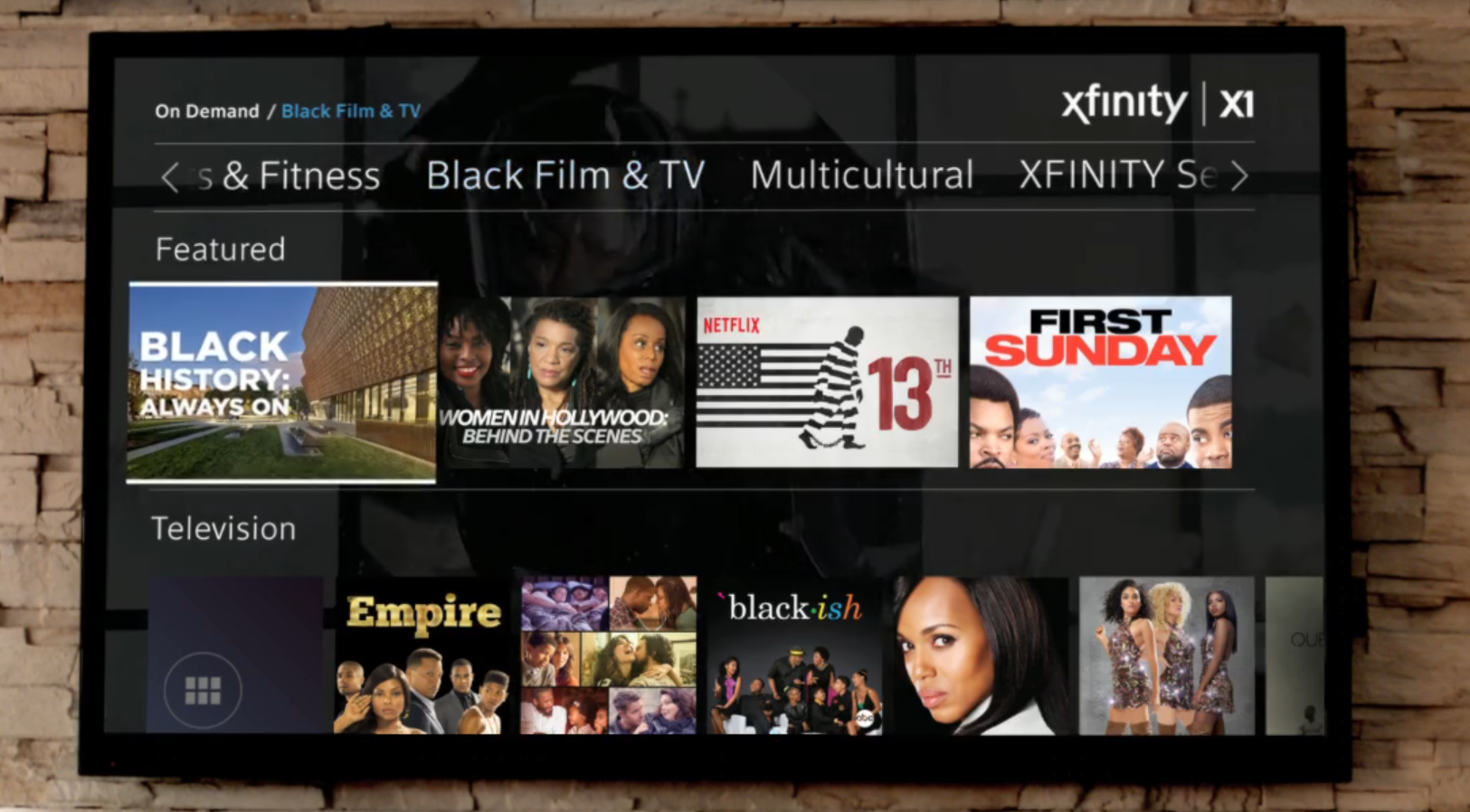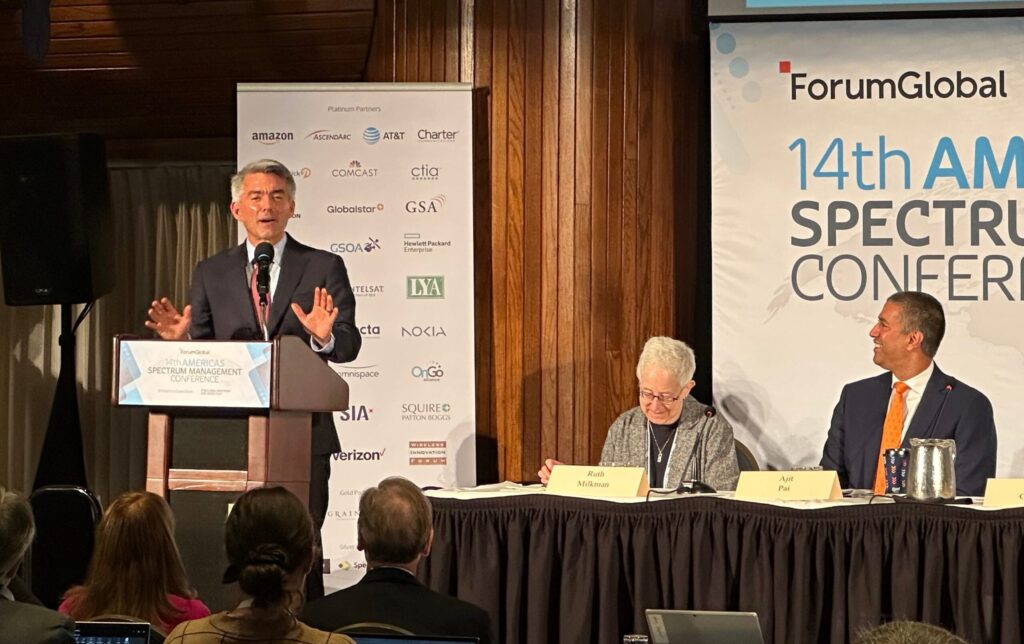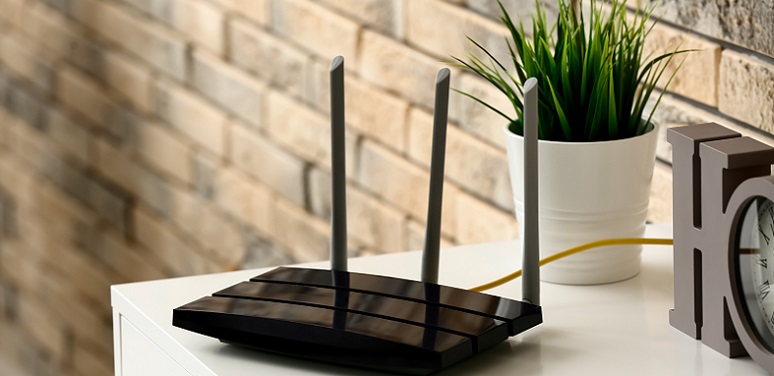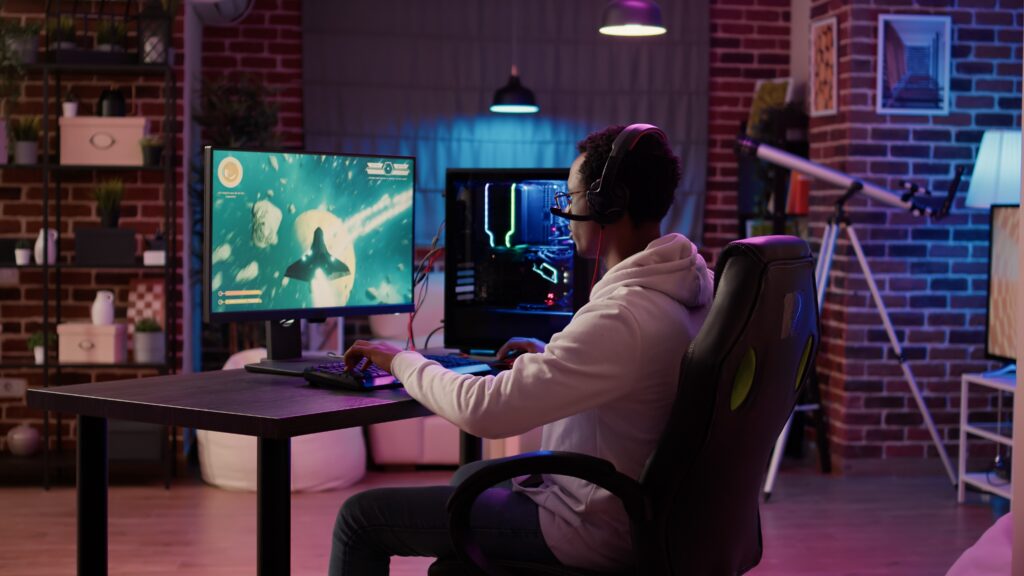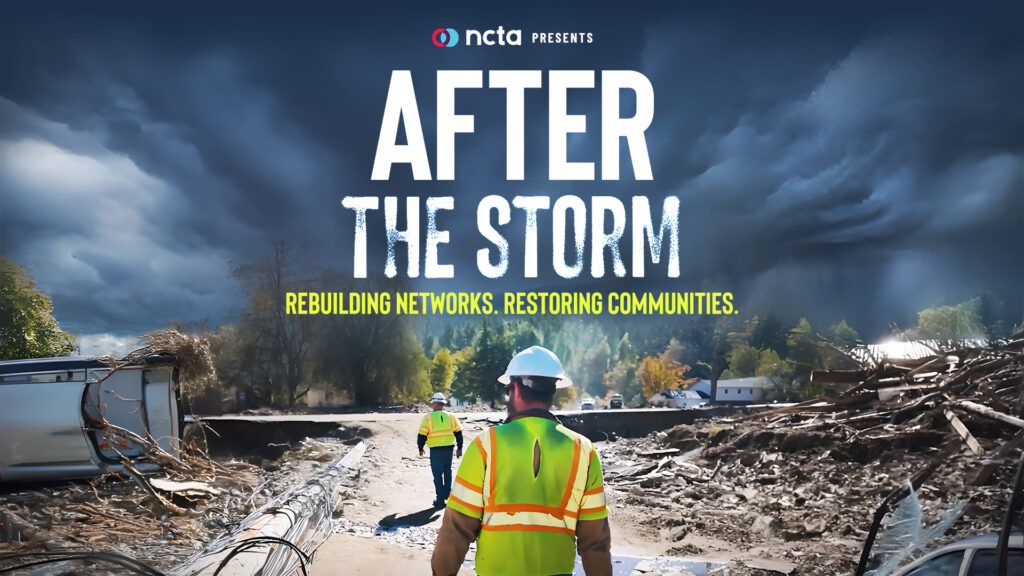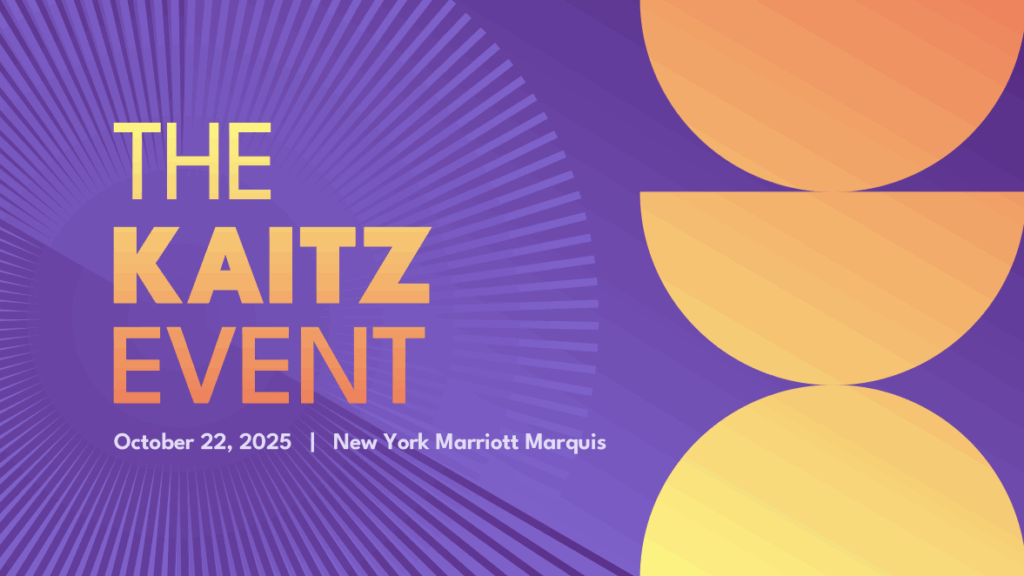Like most things that make American culture rich, the success of premium television rides on the diverse voices and perspectives that come together behind the scenes and on the screen. Directors, producers, showrunners and cast members are hard at work looking for the best ways to represent America’s array of viewers, and most importantly, to encourage acceptance and understanding of all types of communities across the country—all through innovative storytelling.
With Hispanics as the second-largest ethnic group in the U.S., it’s essential that networks like Univision and El Rey provide bilingual platforms for its Spanish-speaking audience. El Rey’s hit show, Lucha Underground, is one example of how a program that blends a mix of cultures—Mexico and the U.S.—can pay tribute to America’s melting pot, thanks to its diligence in recruiting minority storytellers. “Companies need to keep up with the times, and tweak their models to ensure they are creating different kinds of opportunities for people. That’s how El Rey is able to innovate in this space. We evolve and change as we go,” said Theresa Wyatt, director of corporate development, in an interview with NCTA last year.
And with the important role that African Americans have played in our history and in the shaping of American culture, it’s imperative that television use its power to amplify the African-American voice in every community. TV One stands out as network that is committed to “showing a broad range of the black experience,” as D’Angela Proctor, senior vice president of original programming and production, described during the TCA Tour last year. In an interview with NCTA, she explained that the network is all about giving “opportunities to storytellers that might not have those opportunities at other places,” which then translates into original programming that gives a voice to minority groups. Then there’s HBO’s Insecure, which stars an African-American woman and which centers around the female African-American experience. Issa Rae, the creator and executive producer and one of the lead characters, also explained last year during the TCA Tour that Insecure is intended to challenge, or question, the way mainstream media portrays “this signature way to be black.”
Premium TV has also taken strides in recent years in the recruitment and hiring of women storytellers, which in turn has to led to more programming that centers around the female perspective. One stand out worth mentioning is Starz’s new historical fictional drama, The White Princess, led by showrunner Emma Frost and produced and directed by a women-led team. The White Princess premiered last Spring and was screened at NCTA. The show plays on a historical time period in which the women really drive the plot and the men are cast in supporting roles.
When it comes to the inclusion of LGBTQ individuals, premium TV continues to work and find ways to serve as a catalyst for understanding and change. MTV, for one, has always been a strong vocal advocate on television. In 2016, the network received the Golden Beacon Award for its Transgender Awareness Week Initiative, and makes a point to air shows that depict the adversity that LGBTQ individuals face everyday. And according to survey results from GLAAD, the well-known non-profit advocacy group that supports LGBTQ groups in media and entertainment, Freeform and Showtime come up strong in its LGBTQ-centric plotlines and the number of LGBTQ characters represented across their networks.
A theme that seems to thread behind the scenes of most of these programs is risk-taking. As Issa Rae and her colleagues explained during the TCA Tour in 2016, Insecure‘s unique plot and success is largely due to HBO’s hard work in not only recruiting diverse directors and producers, but on taking a chance on unknowns rather than going with the usual well of people the network could have turned to. Because sometimes, in order to reach and reflect the gamut of diverse voices and faces that make up our TV viewership, and to improve the national conversation, it comes down to taking chances.

